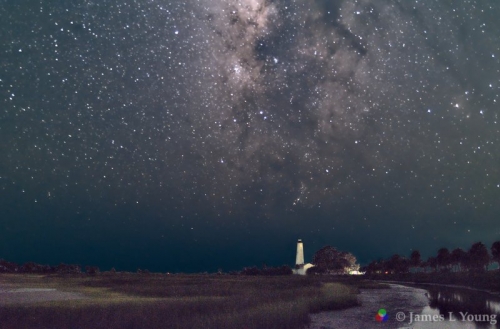Many photographers and birders visit Saint Marks National Wildlife Refuge to take photographs of birds. Some also take pictures of the beautiful butterflies and moths that are present much of the year.
Another interesting flying insect at St. Marks NWR is the dragonfly. This amazing prehistoric creature can be quite difficult to photograph due to its behavior and the weather conditions at St. Marks.
This blog will discuss the techniques I use to photograph this amazing creature.
Continue reading “Photographing Dragonflies at St. Marks NWR”
